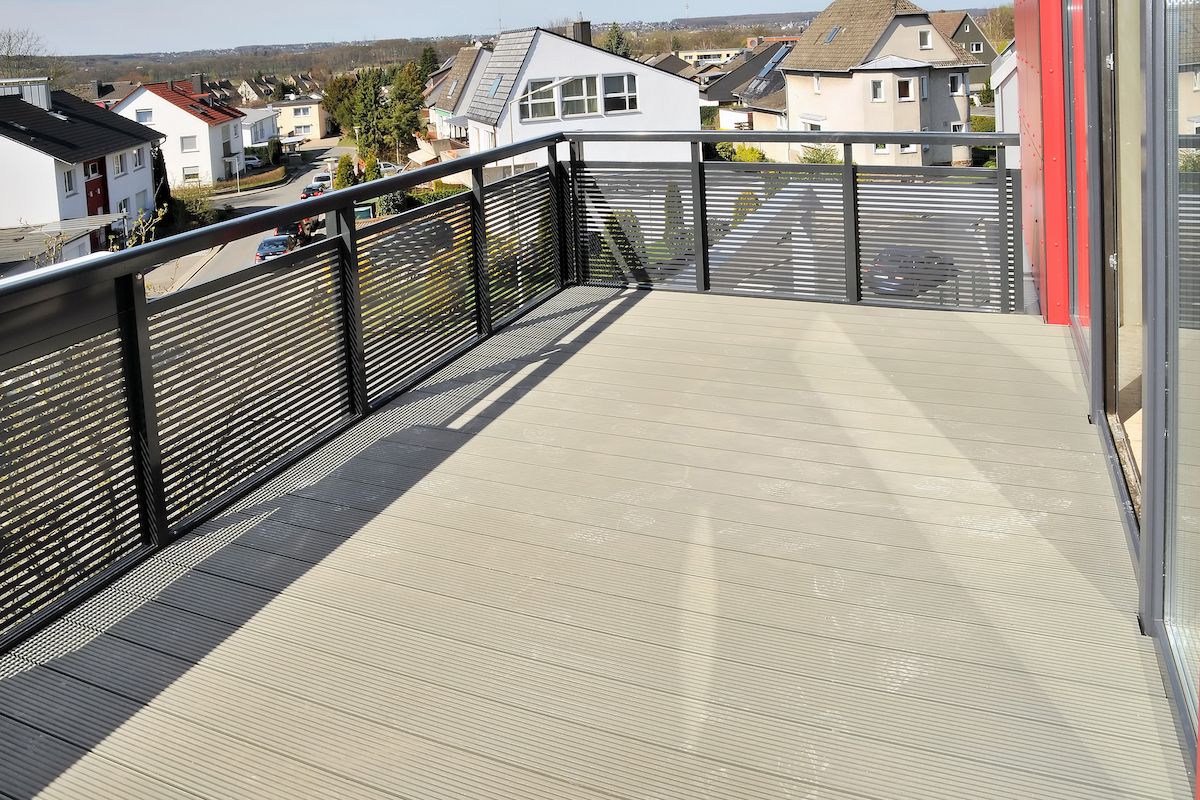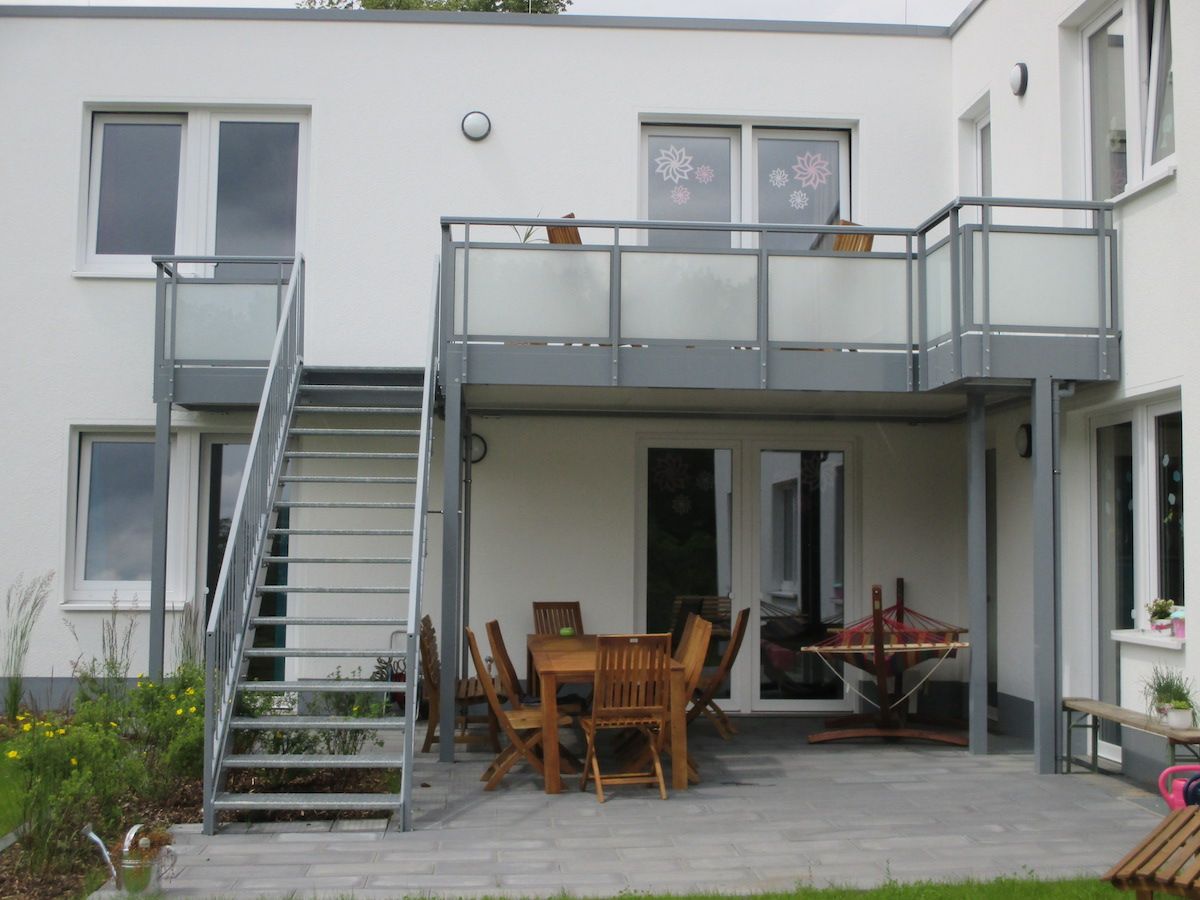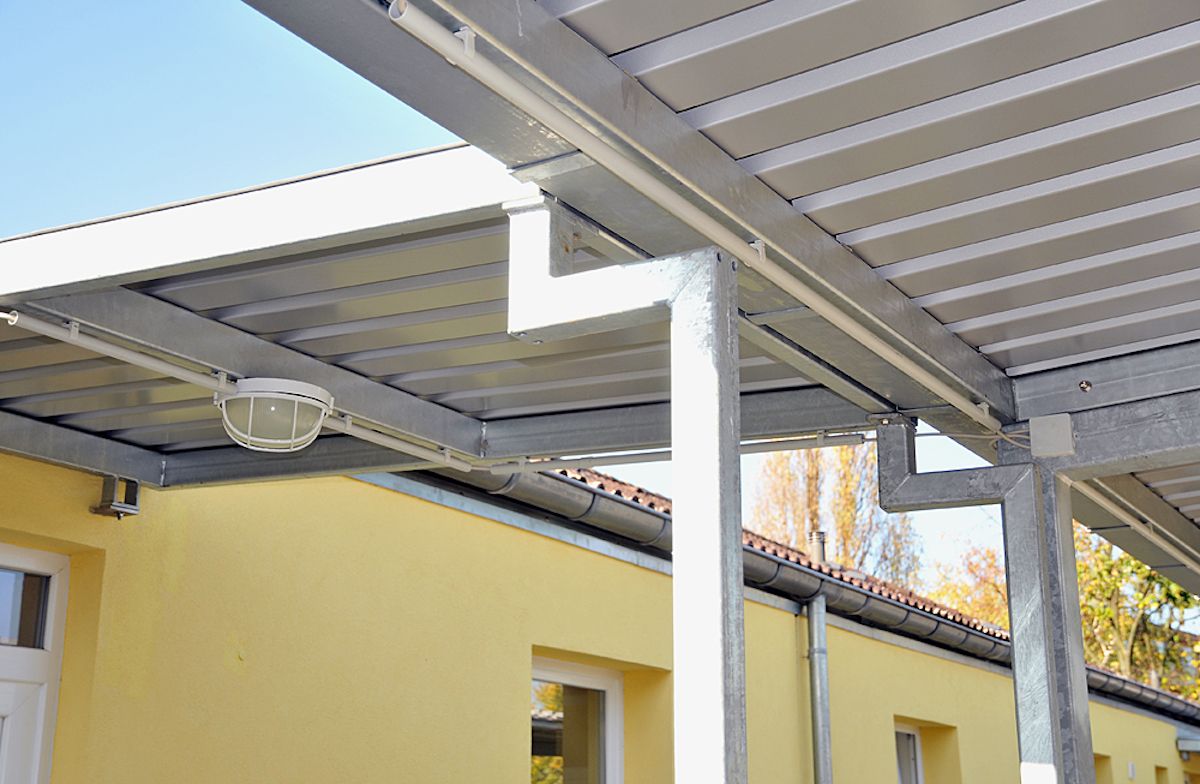Emergency ladder systems.
Why is a second escape route necessary?
In the event that the first escape route becomes impassable due to obstacles such as fire or smoke, it is crucial to have an independent second escape route available.
Differences between the first and second escape routes:
The second escape route is not necessarily subject to the same structural requirements as the first. This can also be realised using rescue equipment from the fire brigade.
Common mistakes made by companies in connection with the second escape route:
It is important to ensure that the ladderable windows of the utilisation units can actually be reached. It is often neglected that parking spaces for the fire brigade are blocked in day-to-day operations, which can have catastrophic consequences in an emergency.
Additional information on first and second escape routes:
The requirement for two independent escape routes is based on the fact that one of them could fail in an emergency situation. The first escape route has to be structural, while the second can be realised either structurally or with firefighting equipment such as ladders.
Various types of portable fire service ladders are mentioned, although it is emphasised that rescue using these ladders can be problematic for people who are ill or have limited mobility.
Aerial rescue devices for rescuing people from great heights are also presented, with a particular focus on

















